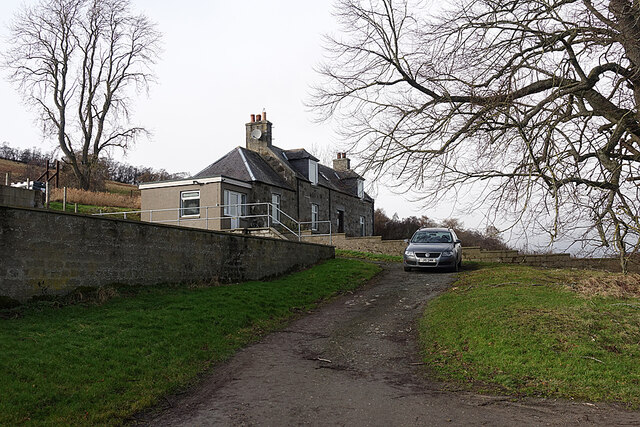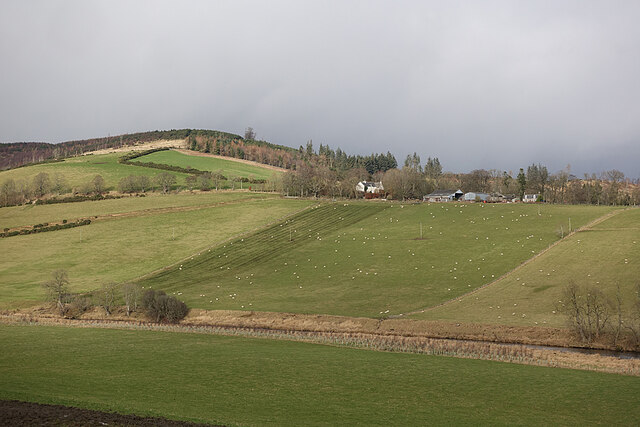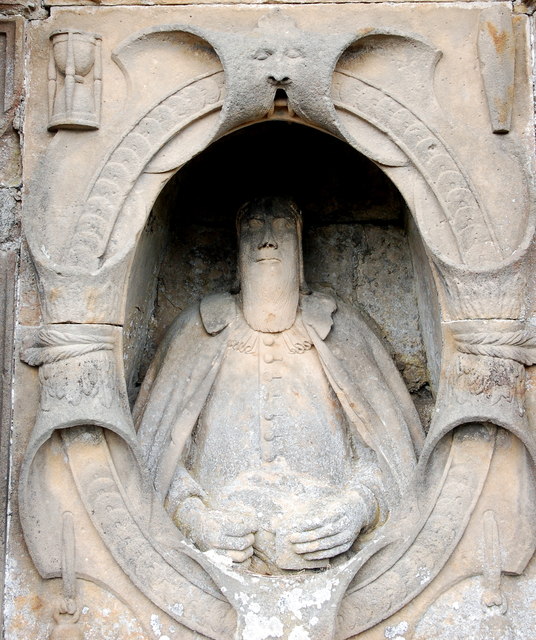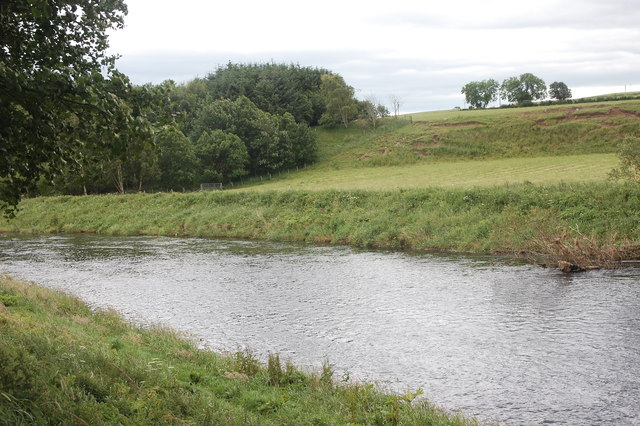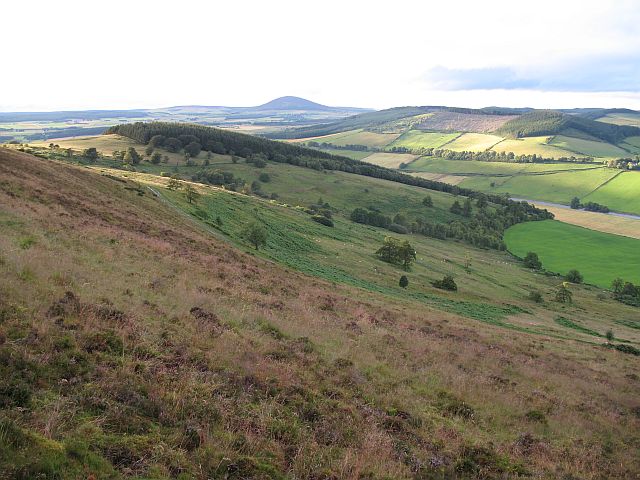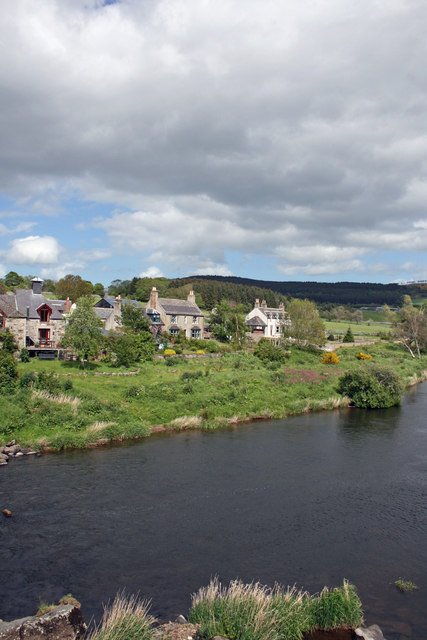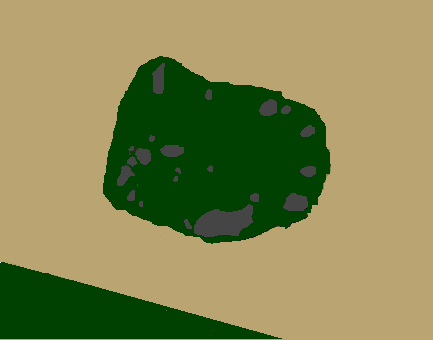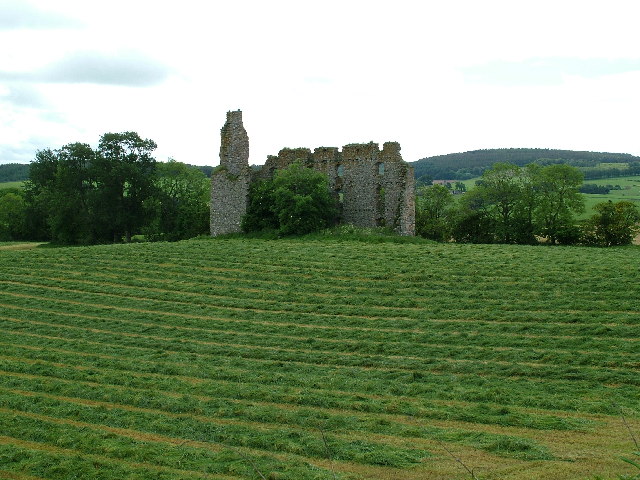Spur Wood
Wood, Forest in Banffshire
Scotland
Spur Wood
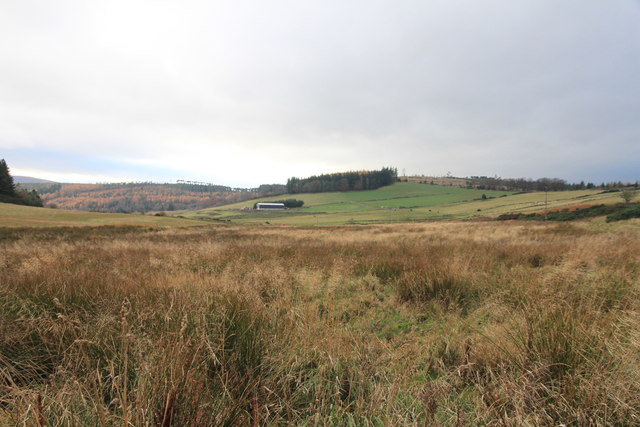
Spur Wood, located in Banffshire, Scotland, is a picturesque forest that offers visitors a serene and scenic experience. Spanning over an expansive area, the wood is characterized by an abundance of diverse trees, including oak, birch, and pine. This mixture of tree species creates a vibrant and captivating landscape throughout the seasons, with vibrant green foliage in the spring and summer, and a striking display of autumnal colors in the fall.
The wood is crisscrossed by numerous walking trails, inviting hikers and nature enthusiasts to explore its beauty. These paths meander through the forest, revealing hidden clearings, enchanting streams, and peaceful glens. The tranquility of the surroundings makes Spur Wood an ideal destination for those seeking respite from the hustle and bustle of daily life.
Wildlife thrives within the wood, with a rich array of bird species, including woodpeckers, owls, and thrushes. Animal sightings are not uncommon, as deer, squirrels, and rabbits can often be spotted amidst the trees. Nature lovers can indulge in birdwatching or engage in wildlife photography, captivated by the natural wonders that Spur Wood has to offer.
Spur Wood's beauty is not limited to its flora and fauna; it also boasts an impressive archaeological heritage. The wood is home to ancient ruins, such as stone circles and burial mounds, which provide a fascinating glimpse into the area's historical significance.
Overall, Spur Wood in Banffshire is a cherished natural haven, offering visitors a chance to immerse themselves in the breathtaking beauty of Scotland's woodlands, while also experiencing its rich cultural and historical heritage.
If you have any feedback on the listing, please let us know in the comments section below.
Spur Wood Images
Images are sourced within 2km of 57.525806/-2.6994545 or Grid Reference NJ5848. Thanks to Geograph Open Source API. All images are credited.

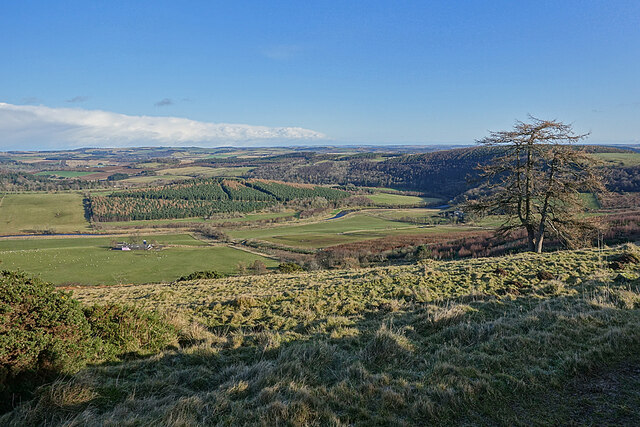
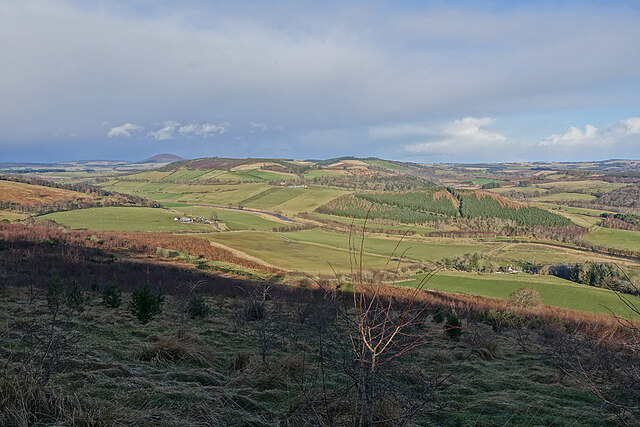
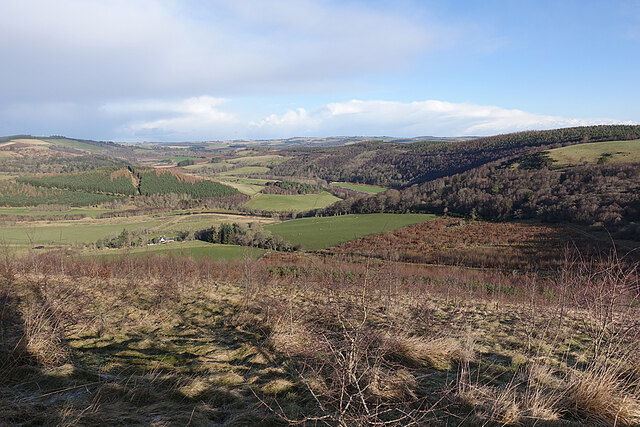
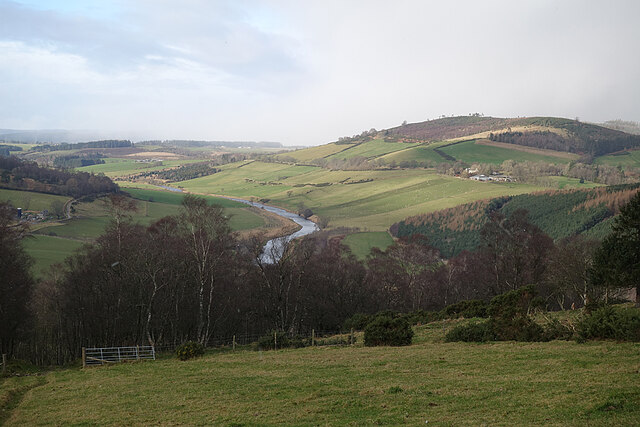
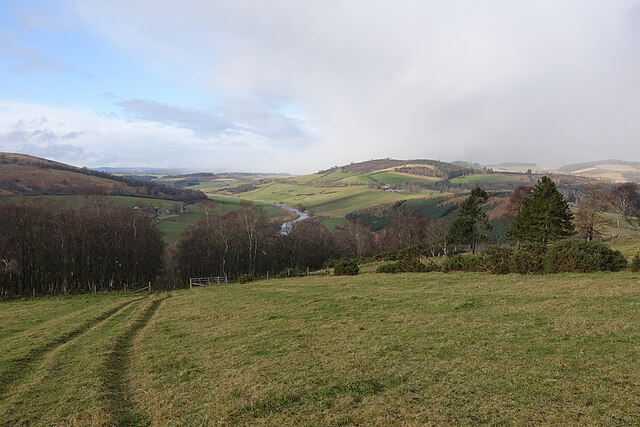
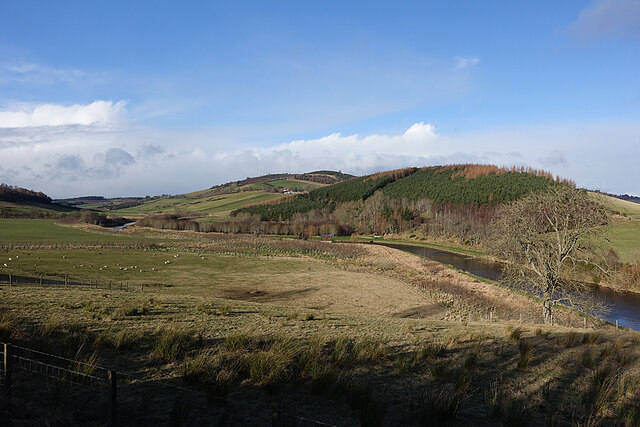
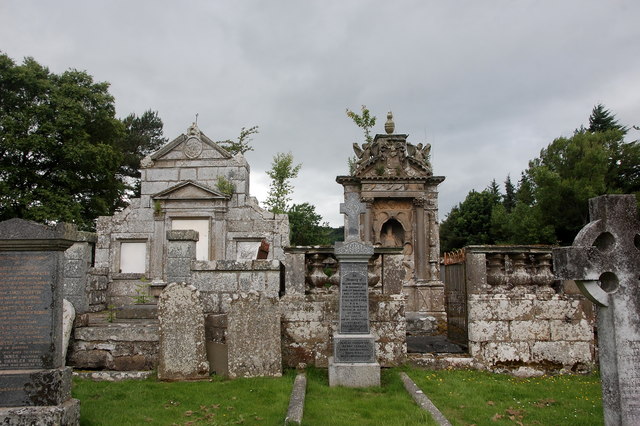

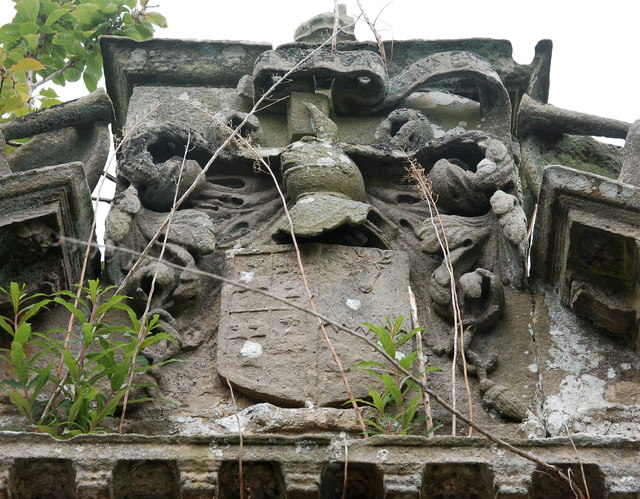
![Meldrum monument: inscription On polished Portsoy marble: Hic jacet reverendus et pius defunctus D. Georgius Meldrum de Crombie, quondam de Glass, praeco fidelissimus, qui officio pastorali, dum ferebant tempora, diligenter functus erat. Dives enim fuit non avarus, lucri gratia conscientiam violare noluit, pacifice et sobrie vixit, et hinc migravit anno Dom. 1692, aetatis suae 76 [Here lies the late reverend and pious Mr George Meldrum of Crombie, sometime of Glass, a faithful preacher, who, while the times permitted, diligently discharged the duties of his pastoral office. Not being avaricious, he was rich, and would not do violence to his conscience for the sake of gain; he lived peaceably and soberly, and departed hence A.D. 1692, in the 76th year of his age.]](https://s2.geograph.org.uk/geophotos/05/45/36/5453622_a6ec65b2.jpg)
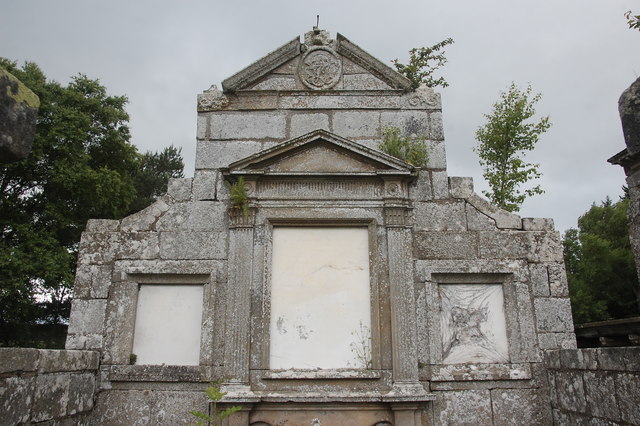
![Chalmers monument, Marnoch cemetery Dating from 1707 and built into the west wall of all that remains of St Marnoch&#039;s parish kirk. The monument reads: Sub hoc monumento reconduntur exuviae Mr Hugonis Chalmers, qui ecclesiae hujus Marnochensis A.D. 36 circiter anuos pastoris officio fidelissime functus est. Doctus absque vanitate, pius citra ostentationem, gravis sed non morosus, veritatem pacemque constantissime coluit, et tandem, exacto 59 annorum curriculo, ex hac aerumnosa lachrymarum valle iu patriam coelestem commigravit quinto die Junii 1707. [Under this monument are laid the remains of Mr Hugh Chalmers, who, for about 36 years, discharged with the greatest fidelity, the office of pastor of this church of Marnoch. Learned without vanity, pious without ostentation, grave but not morose, he constantly studied truth and peace, and at length, after a career of 59 years, departed from this sorrowful valley of tears to the heavenly land, 5th June 1707.] At the top of the monument are the arms of Chalmers (Argent a demi lion rampant, issuing out of a fesse gules with a fleur-de-lis in base of the last) impaling Innes (Argent three stars azure) with motto &quot;spero&quot; (&quot;hope&quot;) commemorating the marriage of Hugh Chalmers to Elizabeth Innes ca. 1678. At the very top is a grinning skull...](https://s0.geograph.org.uk/geophotos/05/45/37/5453732_ac1a0f82.jpg)
Spur Wood is located at Grid Ref: NJ5848 (Lat: 57.525806, Lng: -2.6994545)
Unitary Authority: Moray
Police Authority: North East
What 3 Words
///poker.insisting.parting. Near Aberchirder, Aberdeenshire
Related Wikis
Fourman Hill
Fourman Hill is a hill located west of Bogniebrae, Aberdeenshire, Scotland. It has an elevation of 1,127 feet (344 m). A cairn near the summit marked the...
Mountains Burn
Mountains Burn is a burn which marks the boundary of the parish of Huntly, Aberdeenshire, Scotland. == References ==
Milltown of Rothiemay
Milltown of Rothiemay (Scottish Gaelic: Ràth a' Mhuigh) is a small inland village, built mostly of granite, in the north-east of Scotland and is within...
Yonder Bognie
Yonder Bognie is a stone circle in Aberdeenshire, Scotland. It is located in an agricultural field under private ownership and is a scheduled monument...
Bognie Castle
Bognie Castle (also called Conzie Castle) is a ruined castle near Huntly and Banff in the Aberdeenshire region of Scotland. It was built in the 17th century...
Bogniebrae
Bogniebrae () is a small rural settlement in Aberdeenshire, Scotland. It is located at the junction of the A97 and B9001 roads, six miles (ten kilometres...
River Isla, Moray
The River Isla (Scottish Gaelic: Uisge Ìle) is a tributary of the River Deveron in North-East Scotland. The area surrounding it is known as Strathisla...
Inverkeithny
Inverkeithny is a village in the Formartine area of Aberdeenshire, Scotland. The village lies near where the Burn of Forgue flows into the River Deveron...
Nearby Amenities
Located within 500m of 57.525806,-2.6994545Have you been to Spur Wood?
Leave your review of Spur Wood below (or comments, questions and feedback).
